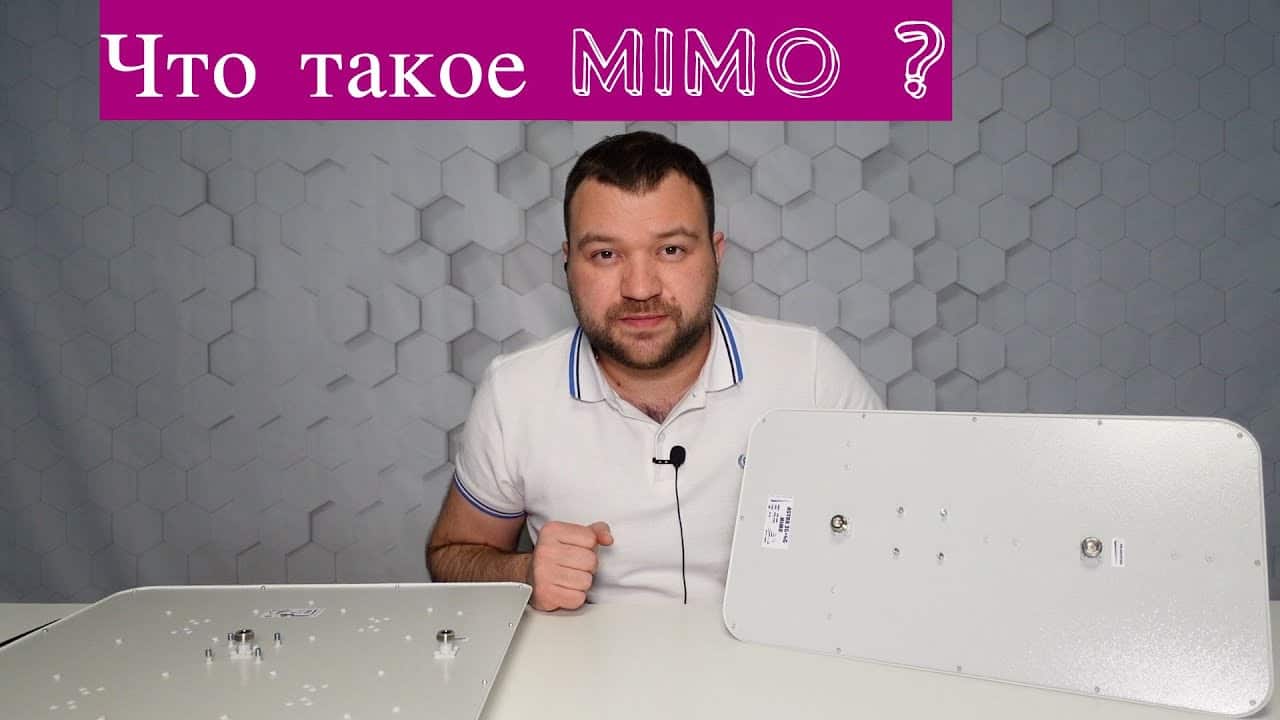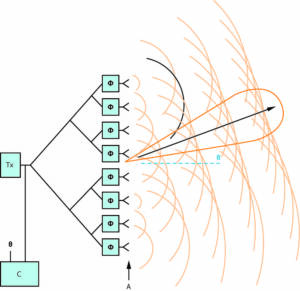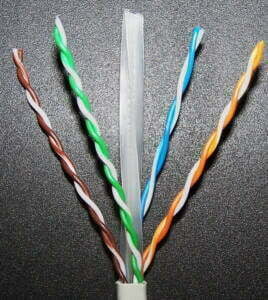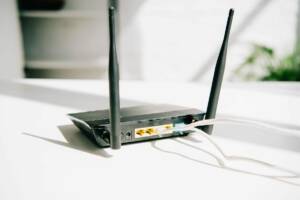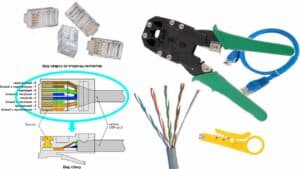Everything you need to know about MIMO technology
MIMO (Multiple Input Multiple Output) is a data transmission technology that uses multiple antennas to receive and transmit signals. It allows you to increase the data transfer rate, improve the quality of communication and increase the reliability of the connection. The principle of MIMO is to use multiple antennas to transmit and receive data simultaneously. This allows you to increase the amount of transmitted data, as well as improve the quality of communication by reducing interference and increasing stability. MIMO is used in various fields, such as wireless communication networks, radio communications, television and others. MIMO technology is actively used in modern devices such as smartphones, tablets, routers and others. One of the advantages of MIMO is the ability to transmit data over a long distance without losing the quality of communication. In addition, it can be used to increase the data transfer rate, which is especially important when working in conditions of limited bandwidth. In conclusion, we can say that MIMO technology is one of the most effective and promising data transmission technologies, which allows you to improve the quality of communication, increase the data transfer rate and ensure the stability of the connection. MIMO (Multiple Input Multiple Output) antennas are a technology that can increase the speed and reliability of a wireless network. It uses multiple antennas to transmit and receive signals simultaneously, which increases throughput and reduces data transmission errors.
Unlike conventional antennas that are used in wireless networks, MIMO antennas work in pairs or more. They can be used both internally and externally to enhance the signal and increase the transmission range.
One of the main benefits of MIMO antennas is the improvement of signal quality in high-interference environments such as noise, overlap, and other electromagnetic interference. This allows you to increase the data transfer rate and reduce the number of errors associated with the loss of data packets.
Another advantage of MIMO antennas is the ability to use multiple data streams simultaneously. This allows you to increase network capacity and provide faster and more reliable Internet access.
Overall, MIMO antennas are a powerful tool for increasing the speed and reliability of wireless networks. They can be used in a variety of applications, including home, office and public networks, and can significantly improve communication quality and improve network performance.
MIMO (Multiple Input Multiple Output) is a technology that allows you to transmit and receive multiple data streams simultaneously using multiple antennas. This allows you to increase the data transfer rate and improve the signal quality in conditions where there are many users or a lot of interference on the network.
Wi-Fi uses MIMO technology to increase the speed and range of data transmission. Wi-Fi routers that support MIMO have multiple antennas that allow you to transmit and receive multiple data streams simultaneously. This increases the data transfer rate and improves signal quality, which is especially important in conditions where there are many users or a lot of interference on the network.
In addition, MIMO technology allows the use of multiple paths for data transmission, which increases network reliability and reduces the likelihood of data loss. Overall, MIMO technology is an important tool for improving the quality and speed of Wi-Fi networks.
How to choose a MIMO antenna for your network?
MIMO antenna is an innovative wireless solution that can increase data transfer speeds and improve signal quality. But how do you choose the right MIMO antenna for your network?
The first step is to determine the number of antennas needed for your network. This depends on many factors, such as the size of the room, the number of users and the type of equipment used.
Next, you need to choose the type of MIMO antenna - indoor or outdoor. Indoor antennas are suitable for small rooms and are aimed at improving the signal quality indoors. Outdoor MIMO antennas are suitable for large rooms and are located outdoors to improve the signal quality over a large area.
It is also worth paying attention to the frequency range of the MIMO antenna. It must match the equipment you are using and the requirements of your network.
Finally, it's worth paying attention to the brand and quality of the MIMO antenna. It is better to choose well-known manufacturers so as not to encounter incompatibility and low signal quality.
Selecting a MIMO antenna for your network is an important step in improving connection quality and increasing data transfer speeds. The right MIMO antenna will help make your network more efficient and easier to use.
MIMO (Multiple Input Multiple Output) technology is used in radio communications to increase throughput and improve communication quality. It is based on the use of multiple antennas to transmit and receive signals simultaneously. This allows you to increase the amount of data transferred and reduce the number of errors during transmission.
The key advantage of MIMO technology is that it allows the use of multiple signal paths, which significantly increases transmission reliability. Moreover, MIMO allows data to be sent over long distances while maintaining high transmission rates.
MIMO is used in many modern communication technologies such as Wi-Fi, LTE and 5G. It has become an indispensable tool for increasing data transfer speeds and improving communication quality.
Overall, MIMO technology improves communication quality and enables faster data transfer, which is key to improving the user experience in communications.
Read further:
